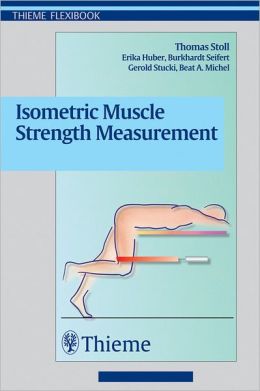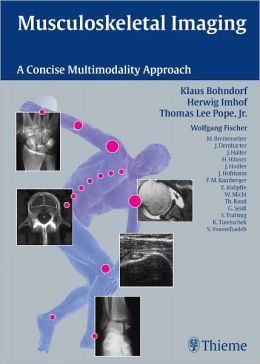The Importance of Muscle Strength Quantification for Rehabilitation Professionals
In the realm of rehabilitation, the accurate assessment of muscle strength is paramount for devising effective treatment plans. This meticulous evaluation empowers physical and occupational therapists to tailor interventions that precisely target the patient’s specific needs.
Precise quantification of muscle strength enables healthcare providers to establish a baseline measurement from which progress can be tracked over time. This objective data provides invaluable insights into the patient’s recovery trajectory, allowing for modifications to the rehabilitation plan as necessary.
The ease and speed associated with utilizing a simple hand-held pull gauge render it an invaluable tool in the rehabilitation arsenal. This method offers a practical and efficient approach to measuring muscle strength, making it an indispensable element of clinical practice.
In an era characterized by managed care, cost-effectiveness is a crucial consideration. The economical nature of the hand-held pull gauge further enhances its allure, allowing rehabilitation professionals to provide high-quality care without breaking the bank.
Furthermore, the availability of comprehensive percentile curves for normal muscle strength values provides rehabilitation professionals with a valuable reference point. These curves serve as a guide for evaluating patient performance, allowing therapists to determine whether the patient’s strength falls within the expected range for their age and gender.
By providing a precise, quick, and cost-effective means of measuring muscle strength, the hand-held pull gauge empowers rehabilitation professionals to enhance the quality of care provided to their patients. This indispensable tool facilitates the development of targeted treatment plans, enables progress tracking, and provides a foundation for evidence-based decision-making.










Reviews
Clear filtersThere are no reviews yet.